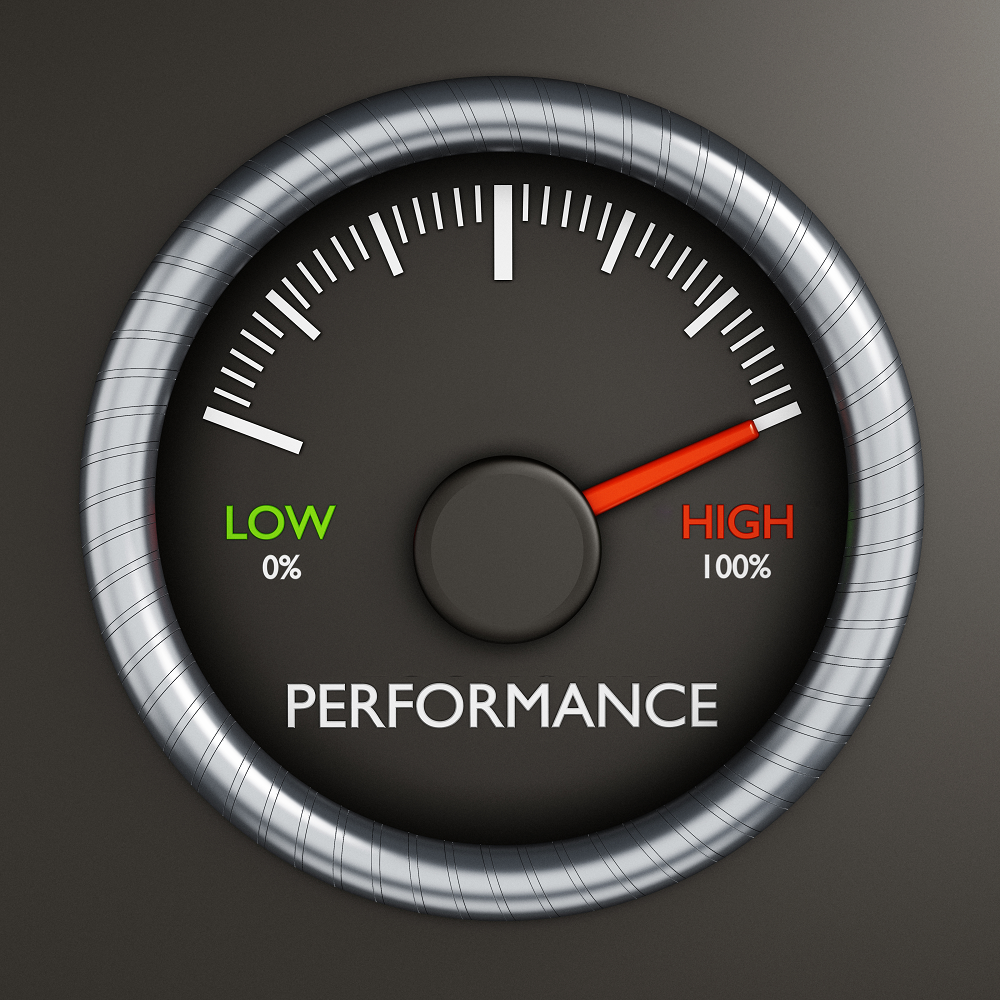Performance Appraisals when used effectively, can be a great way to increase employee engagement. Do you remember the last review you gave someone? Did the end result meet your expectations? Performance Reviews should be part of a yearlong performance management process. It is meant to be a summary of all the conversations and one-on-ones that you and your direct report had.
This is the second of a four-part Performance Appraisals Series covering the following topics:
- Are Performance Reviews Still Worth It?
- Delivering an Effective Performance Review
- How to Prepare for Your Own Performance Review
- Case Study – The Cost of Leaders Being Dishonest about Performance.
An effective performance review involves the preparation, “the before”, proper execution, “during” and the follow-up “after”.
STEP 1: Before The Review
Gather and review all the relevant data
It is your duty as a leader to ensure that you gather all relevant data and past discussions for review. It can be extremely demotivating to be evaluated but feel like your boss did not take the time to review the work you performed throughout the year.
What documents can you review? Notes taken from one-on-one discussions, performance results, follow-up on check-in points for projects and other relevant documents.
Plan the agenda for the meeting.
Figure out what the desired end result should be and plan your agenda with the idea of meeting that result. Jot down important points that you feel should be discussed and have a clear idea of the message you want to deliver.
Step 2: During The Review
The most important aspect of an effective performance review is that it be part of a conversation. The purpose of Step 1, is to ensure you have the materials necessary to guide the conversation.
Employee’s Self-Assessment
It is common practice to have employees conduct a self-assessment of their own performance before the review period. Even if it is not common practice in your company, you should start the review process by asking the employee for feedback on how he performed.
- Let the employee start
- Listen and take notes.
- Maintain good eye contact and attentive posture.
- Don’t interrupt, but ask questions only for clarification.
Clarify the overall ratings.
Discuss the overall ratings with your employees and provide specific information regarding the criteria that you used to determine them.
Focus on Performance
Once the employee has given his feedback on his own performance, it is now time to compare the actual specific performance results and behaviors to the objectives. Stay away from an attitude or personality focus.
- Emphasize strengths, as well as areas that need improvement.
- What are the employee’s successes since the last conversation?
- What obstacles has the employee encountered since the last review?
If Performance Does Not Meet Requirements?
It can be a fun conversation when the employee’s performance is meeting expectations, and especially when it is above standards. However, when you are dealing with poor performance, it can be more challenging.
- Ask the employee for ideas about how to resolve the problems.
- Be honest and be prepared to discuss questionable items
- Support the employee’s effort to improve
I created a free guide on, “6 Steps to Follow During Difficult Conversations”. Click on the title link to download.
Determining Next Steps
Communicating performance is part of the process, but the real goal should be to determine the employee’s next steps? What skills does the employee need to focus on in order to further develop and increase performance? You don’t want to be talking about the same areas of development next year.
Set expectations and objectives together for the next performance period. These goals should focus on the employee’s specific performance on the job, such as productivity, output, results, competencies and behaviors.
Is training necessary for the employee to do the work more effectively?
Create developmental goals with each employee. These goals focus on building the employee’s expertise, skills and abilities. What strengths can be made stronger and which development areas are deficient?
Summarize the session and end on a positive note.
Step 3: After The Review
This is where the real challenge happens and where the real work needs to be done. Do not waiting until the next review period to follow-up on performance. Employees need instant performance management and ongoing performance development. They need to know when they’re moving in the right direction or when a change in direction is needed. It is important to keep the feedback loop as short as possible.
Schedule and Commit to one-on-one discussions. Less than 50% of employees know what is expected of them. The goal should be to strive for progress, not perfection.
Is there a mentoring program that you can start or leverage to help support your employee’s development?
What if the roles were reversed? Now, it’s your turn to be evaluated? How can you best prepare for your own performance review? Find out on my next blog post.
If you are looking for some key phrases to help you in delivering a great review, Click Here to Download
or click on the Image below.

